Recognizing shapes Worksheets for Ages 3-9
50 filtered results
-
From - To
Discover our engaging "Recognizing Shapes Worksheets" designed for children ages 3-9! These worksheets provide a fun and interactive way for young learners to identify and understand various shapes, from circles to triangles and beyond. Each activity is tailored to promote visual recognition and critical thinking skills, making learning enjoyable. Our resources cater to different learning styles and can be easily integrated into home schooling or traditional classroom settings. With colorful visuals and age-appropriate challenges, these worksheets are perfect for reinforcing shape concepts and enhancing early math skills. Start your child's shape exploration journey today and watch their confidence grow!
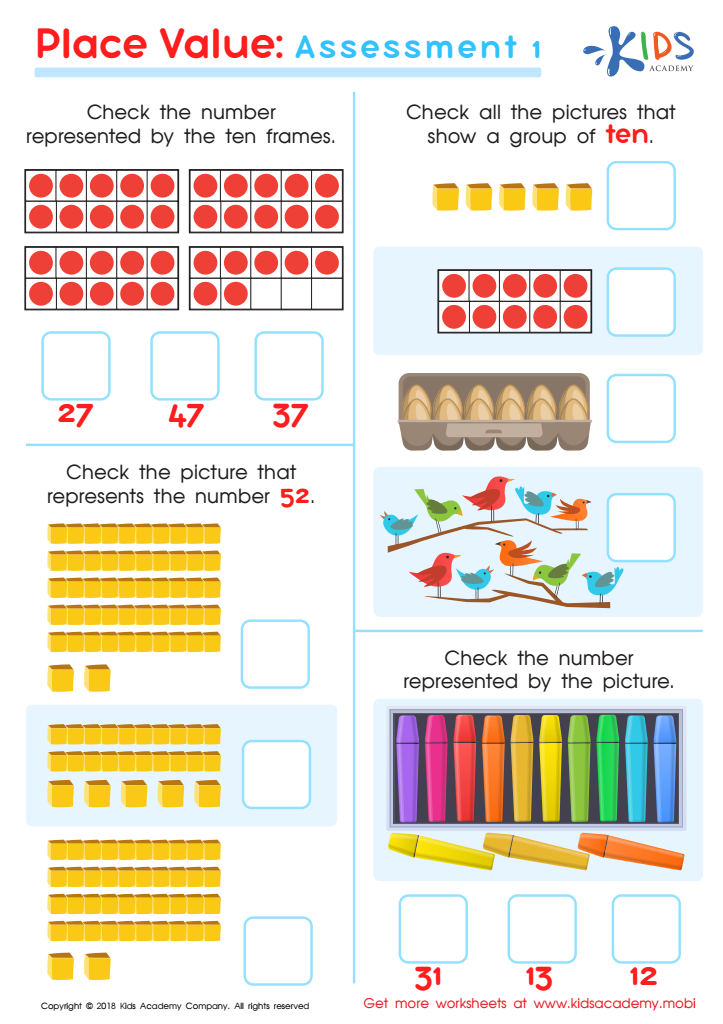

Place Value: Assessment 1 Worksheet
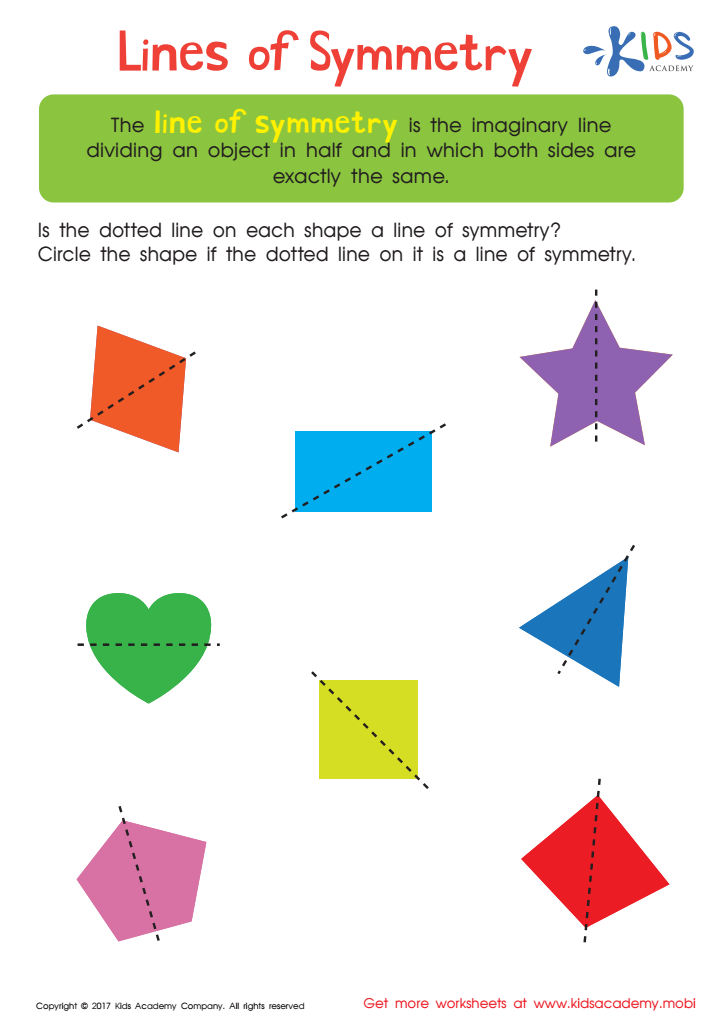

Lines of Symmetry Printable
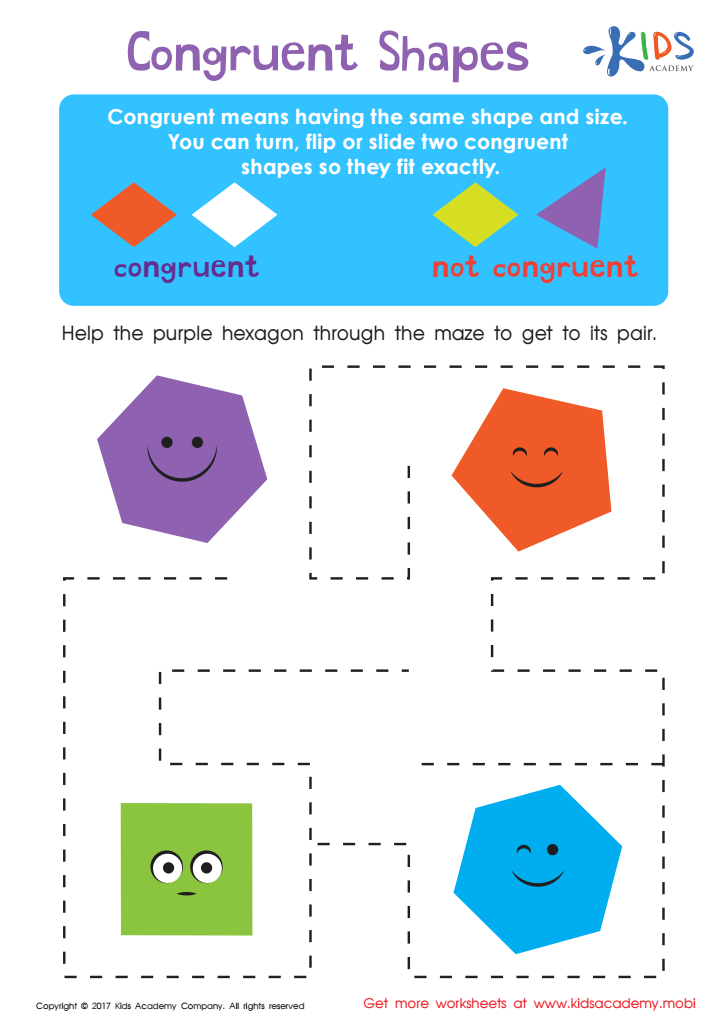

Congruent Shapes Worksheet
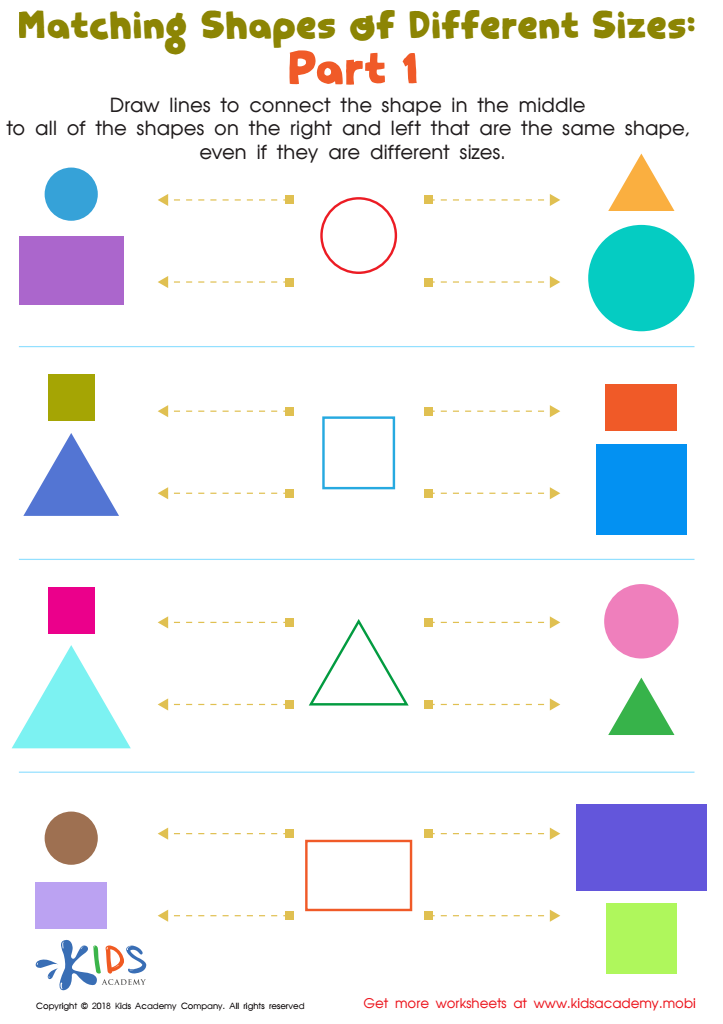

Geometry: part 1 Worksheet
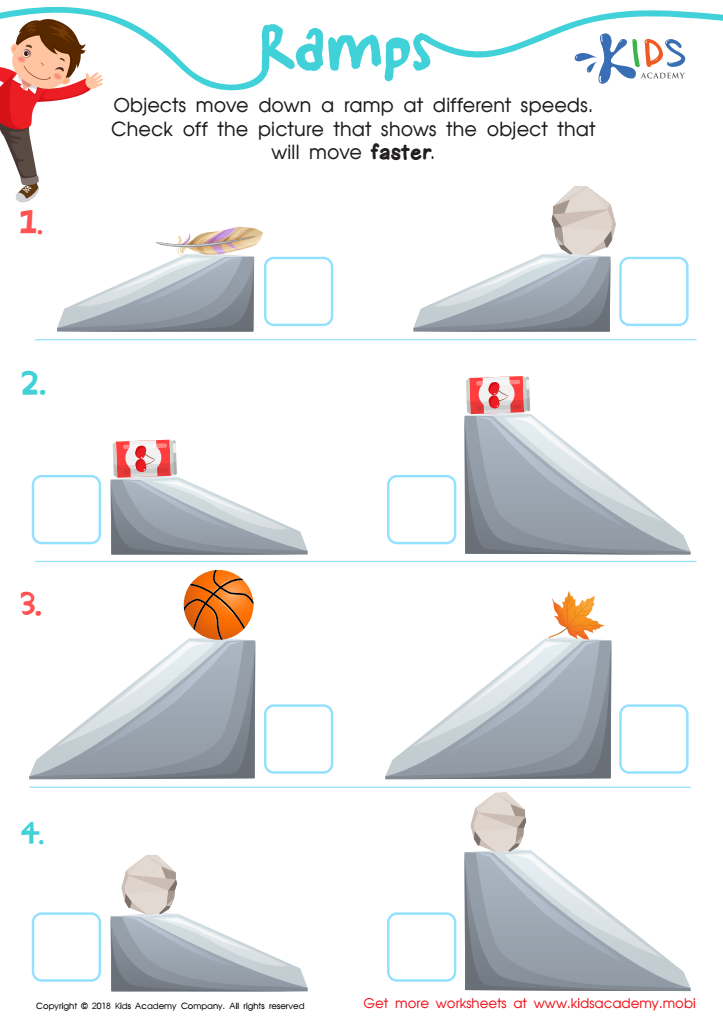

Ramps Worksheet
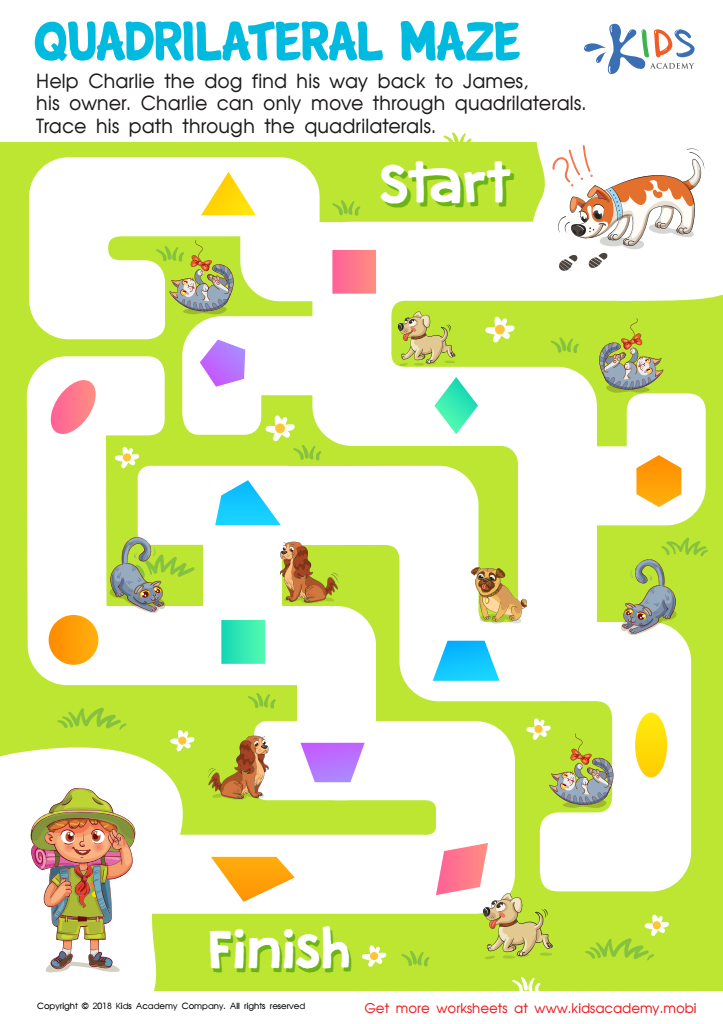

Quadrilateral Maze Worksheet
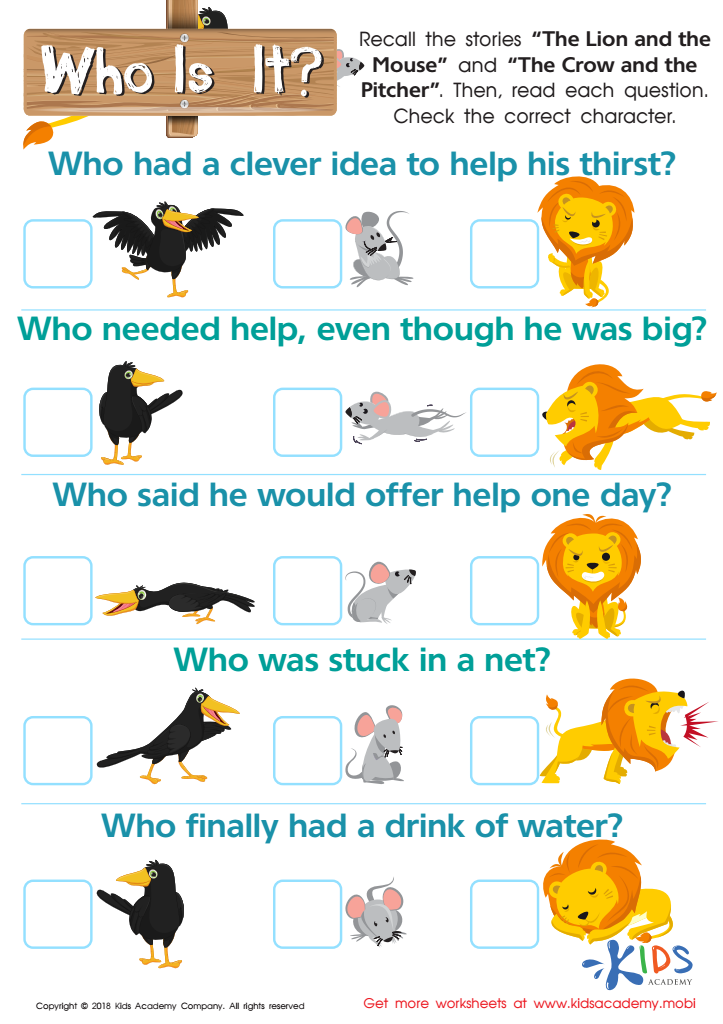

Who Is It? Worksheet
Recognizing shapes is a fundamental skill that lays the groundwork for various aspects of child development, particularly in the ages 3 to 9. For young learners, understanding shapes enhances spatial awareness, critical thinking, and problem-solving abilities. Parents and teachers should care about this skill because it is interconnected with mathematics, art, and even daily living activities.
From a mathematical perspective, shape recognition supports foundational concepts such as measuring, symmetry, and geometry. As children identify and categorize shapes, they develop an understanding of patterns and relationships, which is crucial for advanced mathematical concepts later on.
In art and creativity, recognizing shapes enables children to create representations of the world around them, enhancing their observational skills. Furthermore, many daily tasks, like organizing items or navigating spaces, rely on the ability to discern shapes and sizes.
Beyond academics, shape recognition also encourages sensory development through exploration. Engaging children in hands-on activities with various shapes fosters fine motor skills and the ability to describe and communicate their observations.
In conclusion, emphasizing shape recognition nurtures essential cognitive, creative, and practical skills that benefit children throughout their educational journey and everyday life.
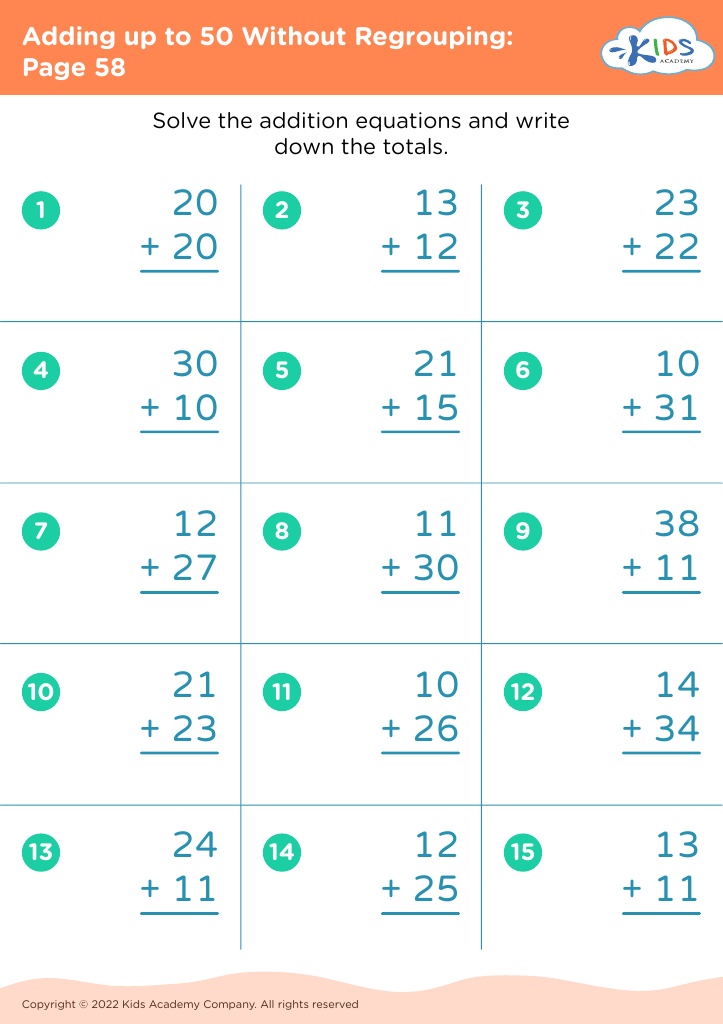

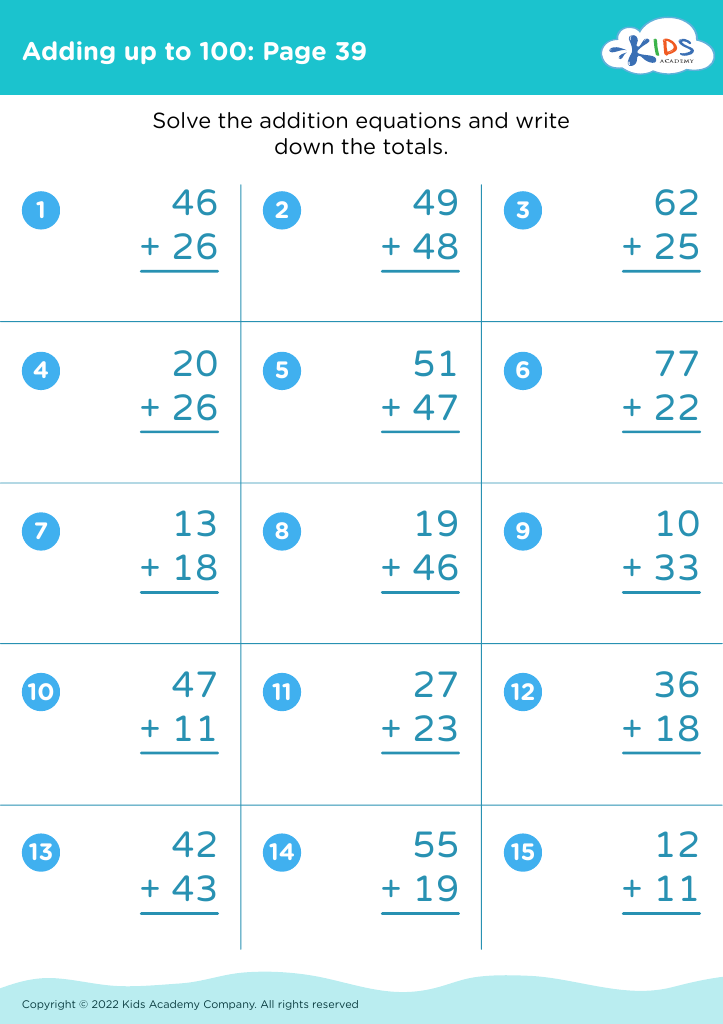

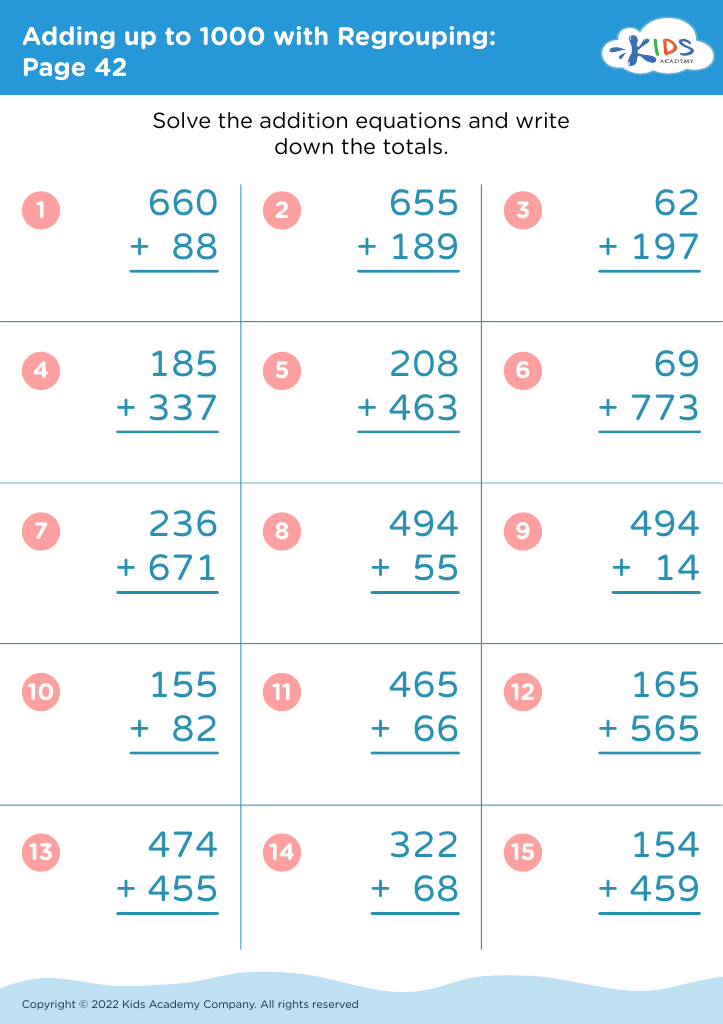
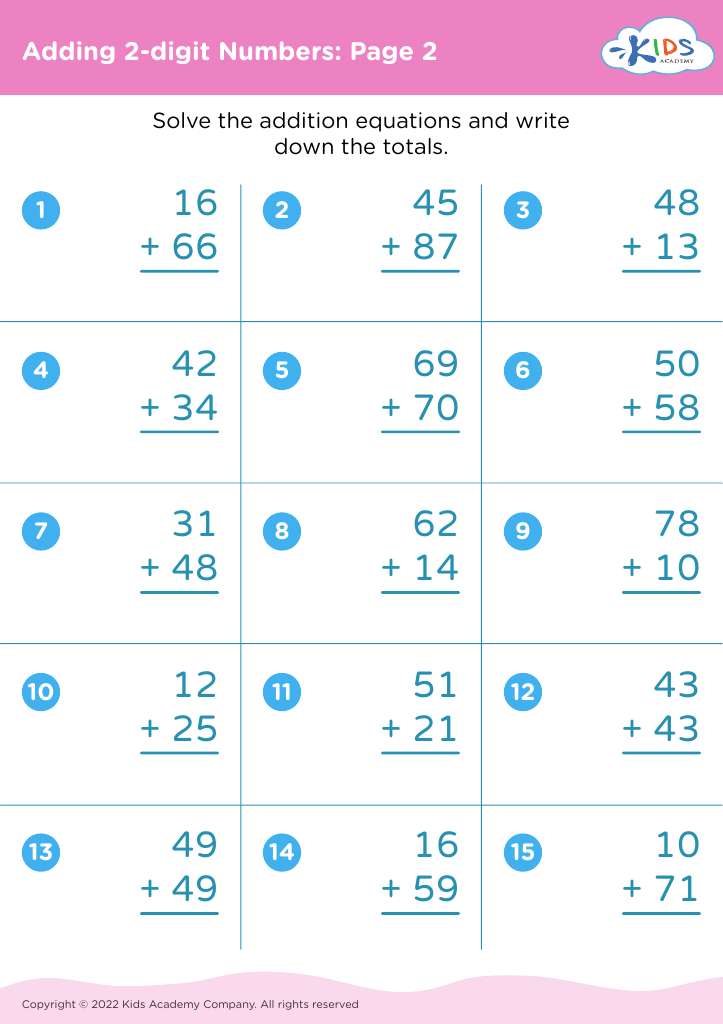

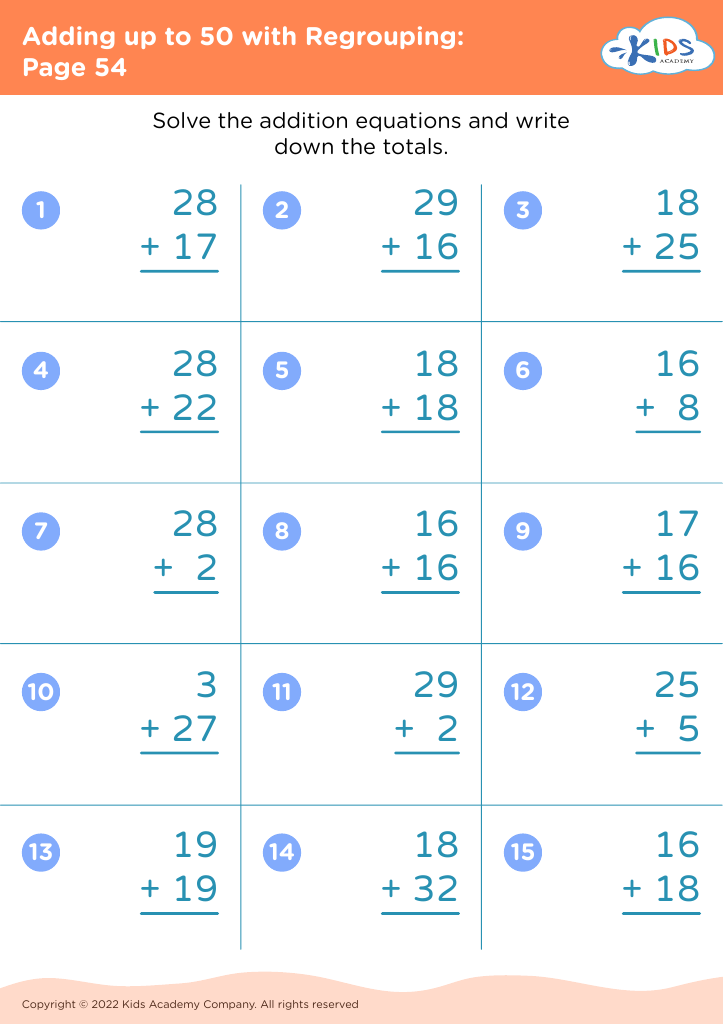
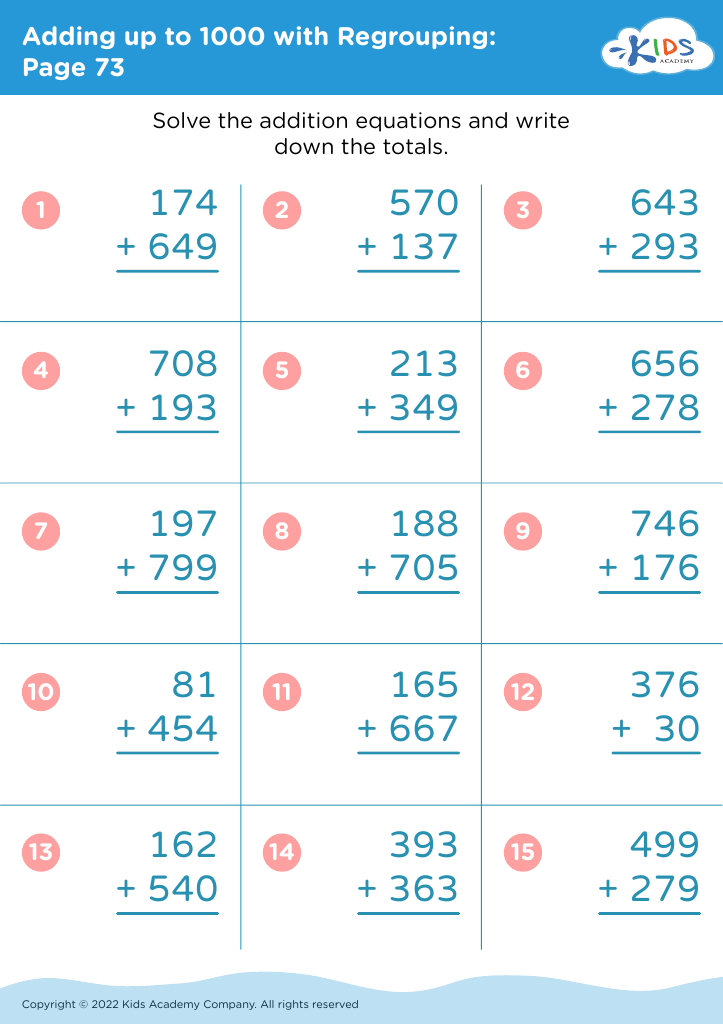
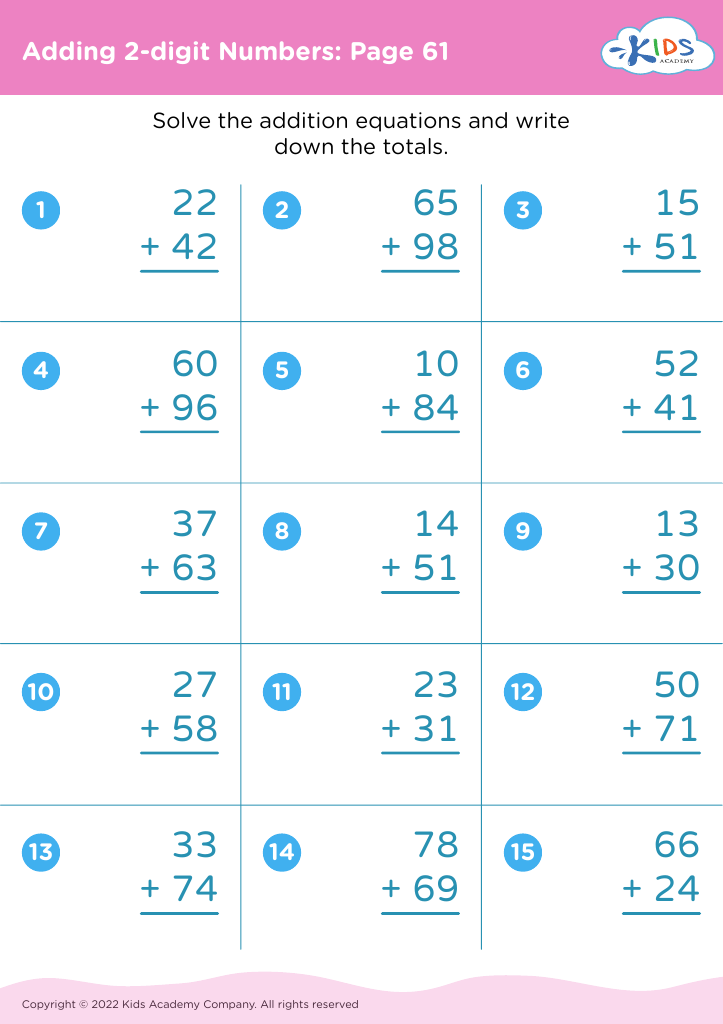
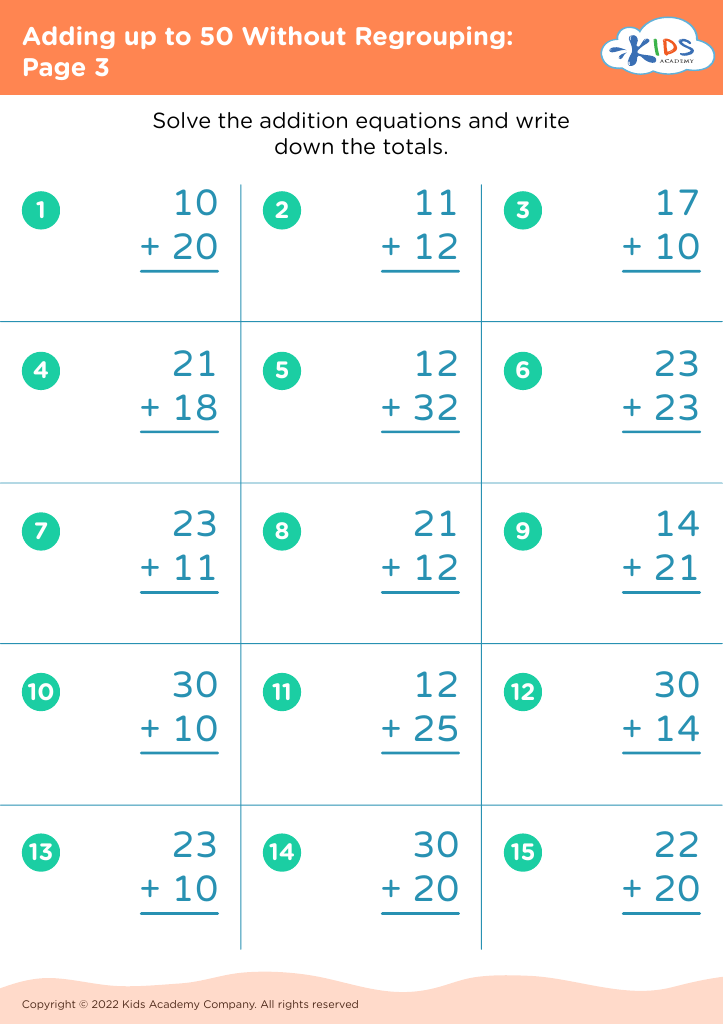
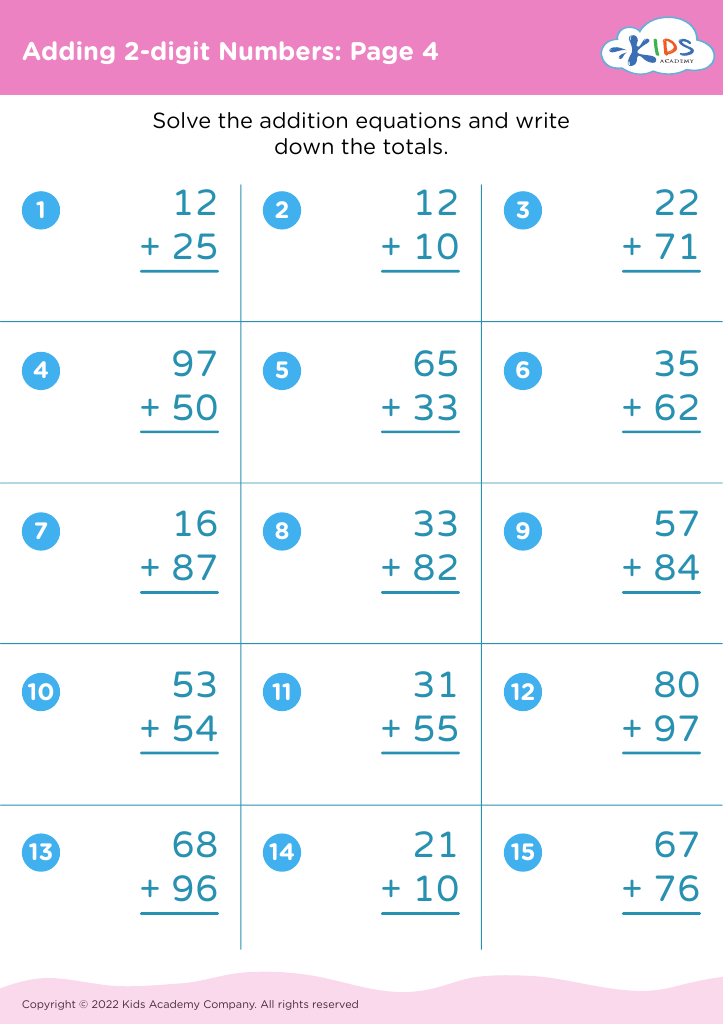
 Assign to My Students
Assign to My Students
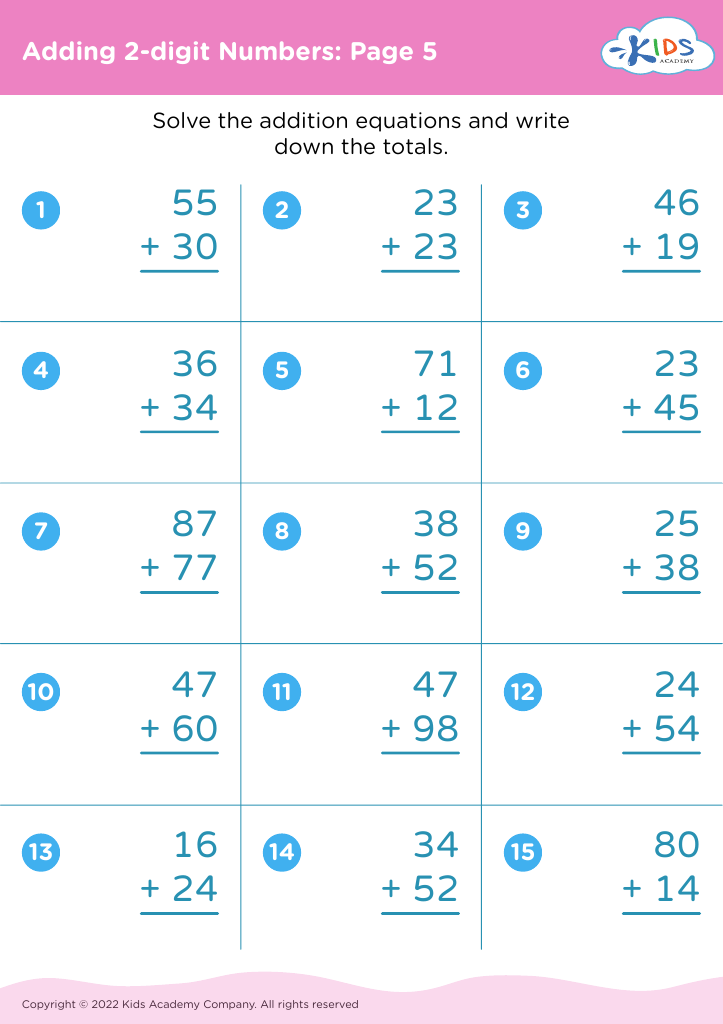
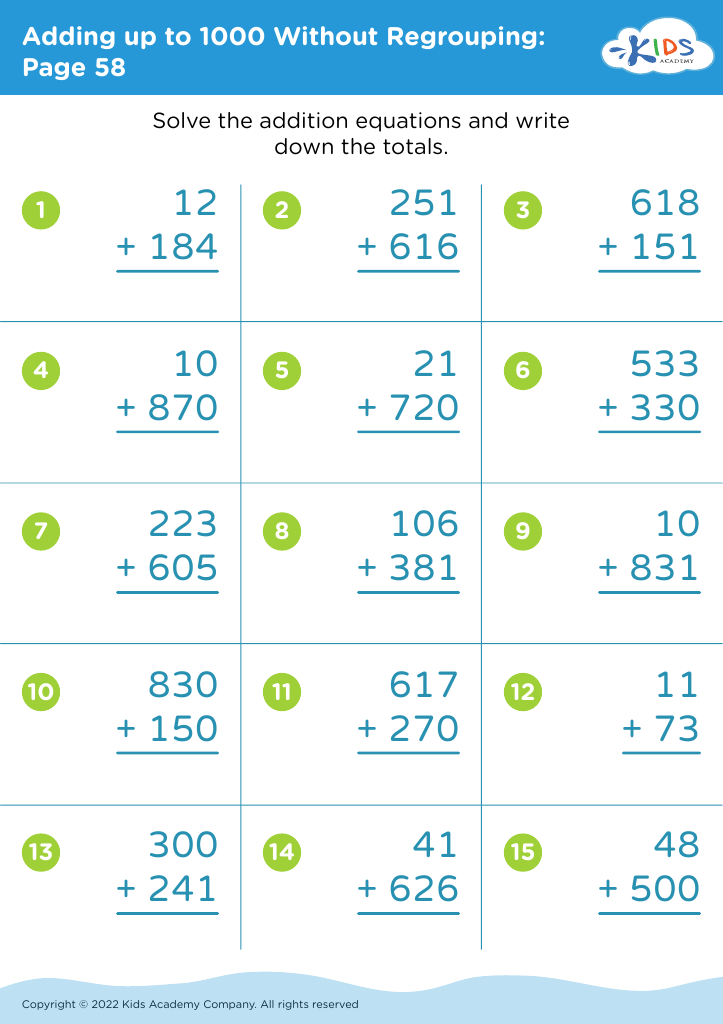
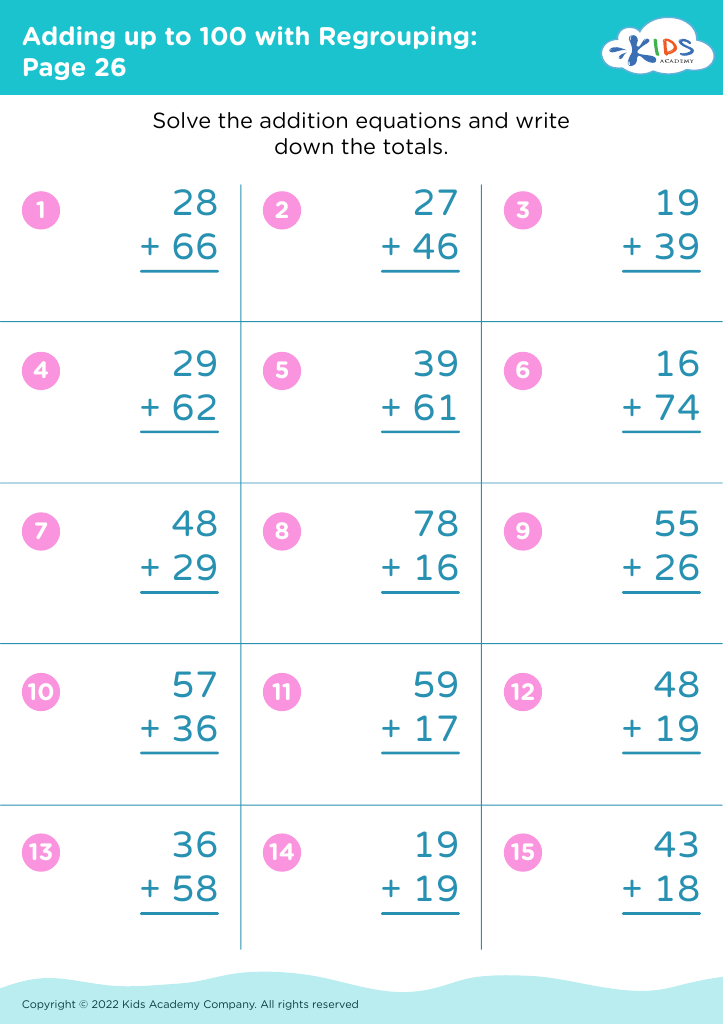
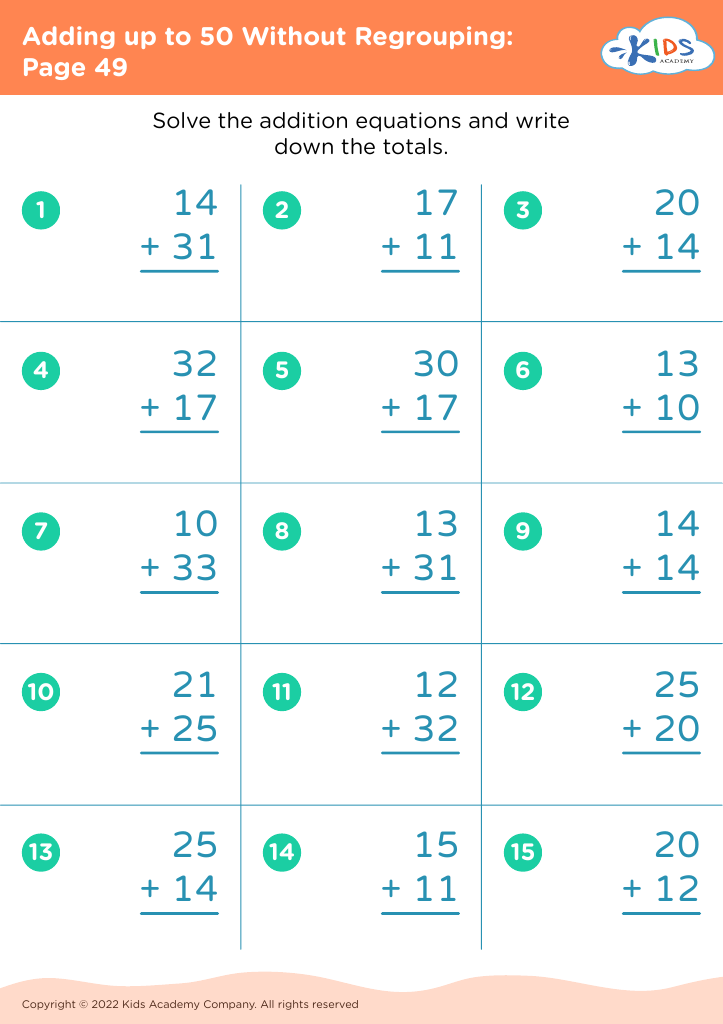
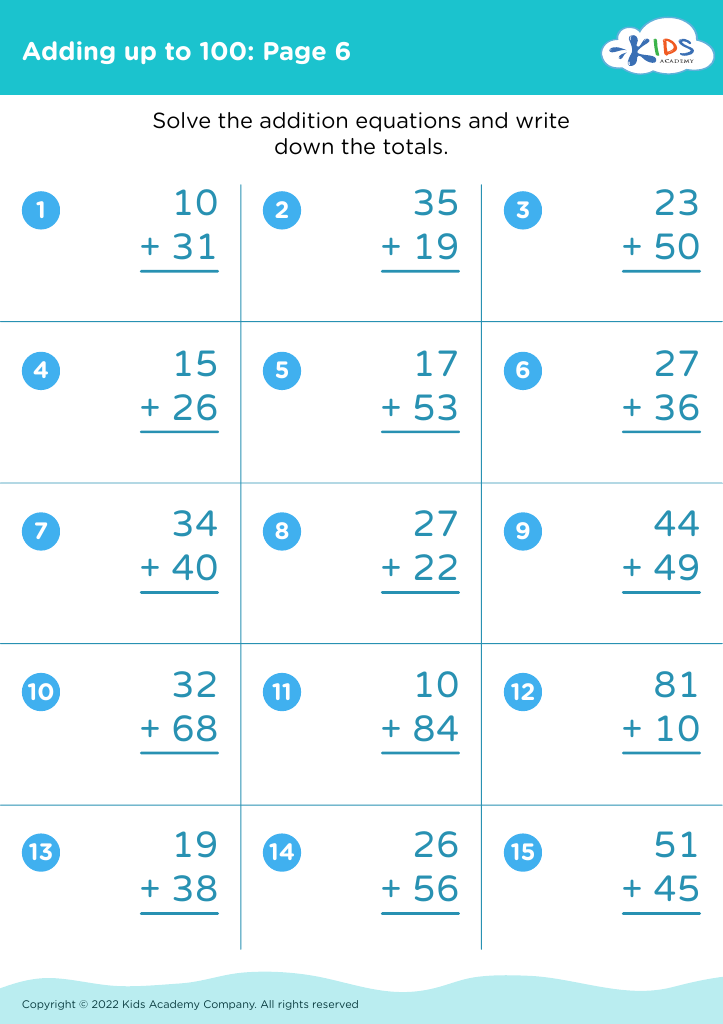
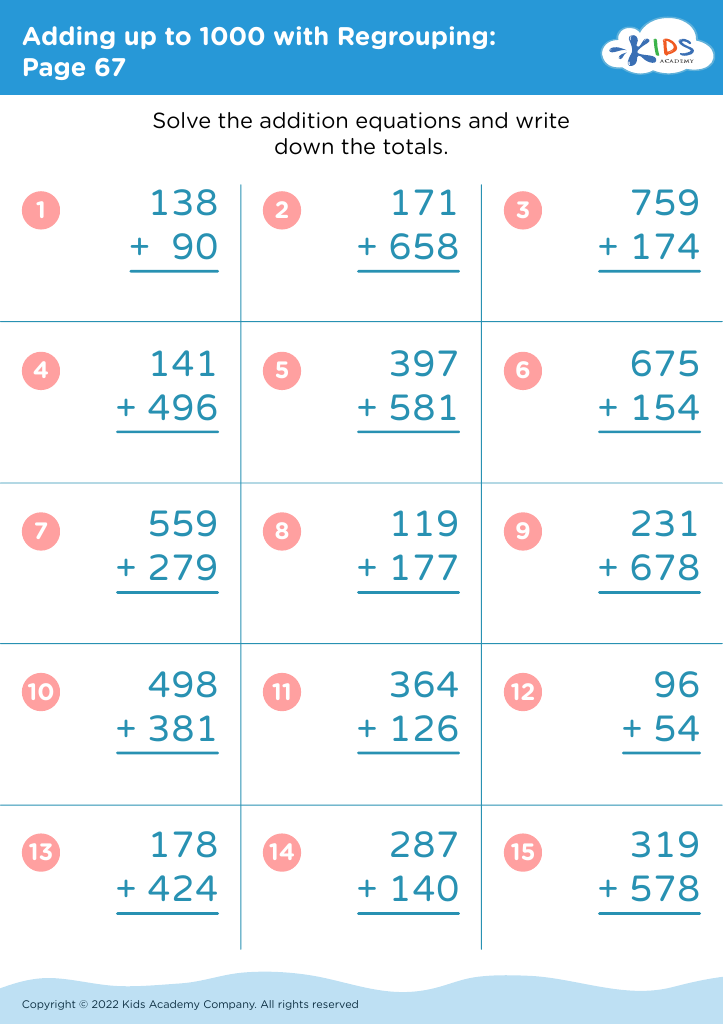
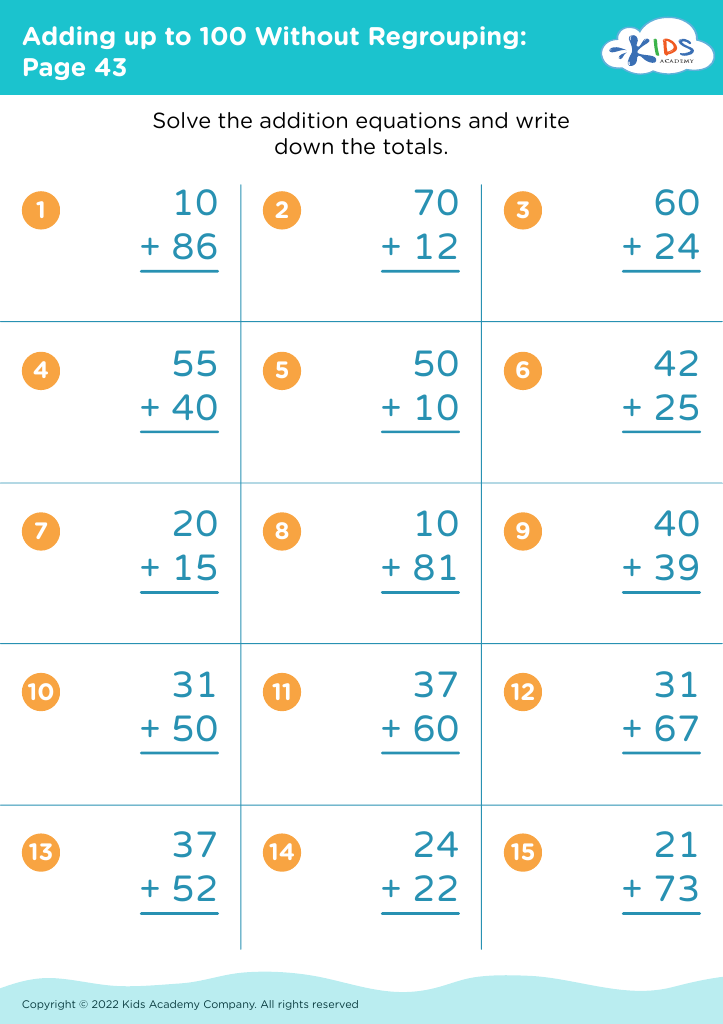







.jpg)
.jpg)










